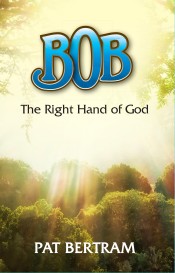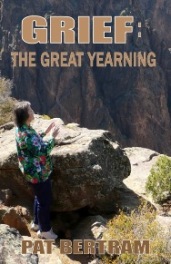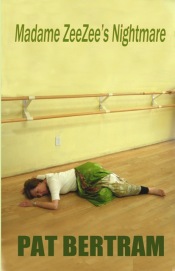The most powerful tool at a writer’s command is not a computer or word processing program. It is not even a pen, though the pen is said to be mightier than the sword. (Frankly, though, I would prefer to go into a fight armed with a sword rather than a pen, but that could be a personal quirk.)
So what tool am I talking about? The power of three. Three is a mystical number that shows up repeatedly in mythology: three fates, three muses, three graces. Three is a prime component of fairy tales: three wishes, three little pigs, three bears. Three creates a series, a pattern of cause and effect. There are three stages of truth: first a concept is rejected, second it is violently opposed, third it is accepted as self-evident. Three is a basic structure of life: carbohydrates, protein, fat; electron, proton, neutron; past, present, future. And it is a basic structure of stories: beginning, middle, end.
The power of three is so pervasive that you can use it to plan a functional wardrobe. Before buying an article of clothing, think of three things to wear with it, three places to wear it, and three ways to accessorize it.
Three is a symmetrical number that satisfies something deep within our psyches, and if we use it in our writing, we can find a way into our reader’s minds, hearts, and souls.
To use the power of three in articles: Set up your premise, prove it, conclude it.
To use the power of three in a mystery: Give one clue to tantalize; two to suggest a direction of discovery; three to create a pattern.
To use the power of three in a story: Create tension, develop it, release it.
To use the power of three in description: Mention three attributes.
To use the power of three in devising a plot, following the storyline of The Three Bears. The first time Goldilocks tries to reach her goal, she fails but learns the risks. The second time she tries, she confirms that she’s doing things wrong, but she learns from her mistakes. The third time she tries, she gets it right.
To use the power of three in giving a speech: First, tell the audience what you’re going to tell them. Second, tell them. Third, tell them what you told them.
Because my work in progress has evolved into a story of a mythic journey, I have been paying particular attention to three. Instead of one mentor, my hero will have three, each of whom gives him a gift. He will meet three women; the third will be “the one.” He will have three chances to cross the threshold into a safe place. The story will be divided into three parts, like a play, and the hero will have three opportunities to accomplish a goal in each part.
Perhaps the power of three is formulaic, but life is a formula, and the power of three seems to work for it. So, when in doubt, I’ll think three.









April 1, 2008 at 1:49 pm
The fourth time she tries the bears get really pissed off and eat her…
April 1, 2008 at 4:50 pm
LOL. It’s her own fault; she should not have broken the rule of three!
April 3, 2008 at 7:58 am
I like 7 better.
April 7, 2008 at 8:08 pm
This is interesting. I figured out recently how to structure the last part of my novel, and I used the threes to do it. I too was inspired to look back at fairytales, etc, and saw this pattern so I’m using it. My hero will have three personal confrontations with the villian. The first time lets him know that the villian really exists and is dangerous and sets up the main situation that will drive the hero on in the story (his son is kidnapped and he must get him back). The second meeting lets the hero fail at a rescue attempt but like Goldilocks above learn from his mistakes and from new information (including the revelation that his son’s life is in danger if he doesn’t race against the clock). The hero’s third meeting with the villian is the novel’s climax and it’s here that the situation will be resolved one way or another. The funny thing is that I figured this out weeks ago, and now you made a post about it.
By the way, have you read James Scott Bell’s “Plot & Structure”? He refers to plots as consisting of a disturbance and two doorway, the disturbance being the intrusion of some new element into the character’s regular life and each of the doorways being major events that push the story forward by consisting of situations in which major choices have to be made that cannot be taken back later. I can’t necessarily say that I think all stories fit his analysis but, once again, he’s using the rule of three.
April 7, 2008 at 8:59 pm
Thanks for the book title. I will be sure to look at it; sounds interesting. Funny you should mention the disturbance and two doorways scenario, though. I had already decided to end the first section of my novel that way — literally! After a frightening experience, my hero will have two doorways to choose from: a doorway into dangerous freedom and a doorway into captive safety. But the metaphorical usage is interesting. Even if all stories don’t fit his analysis, most scenes could.